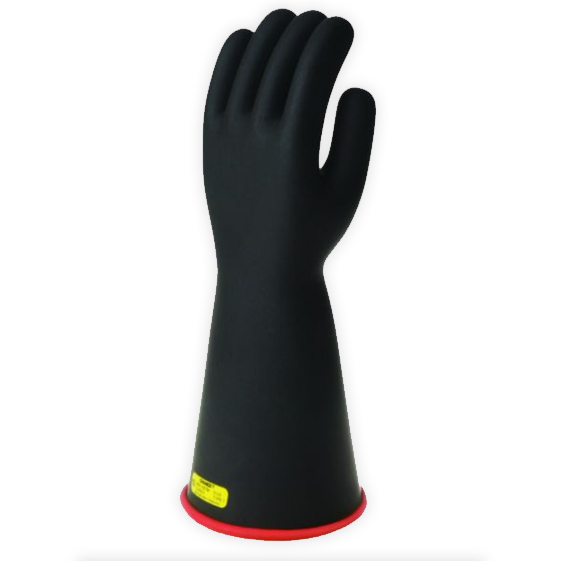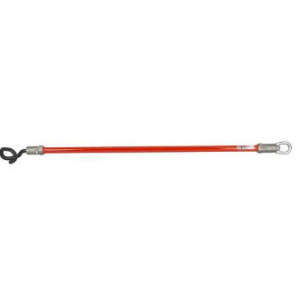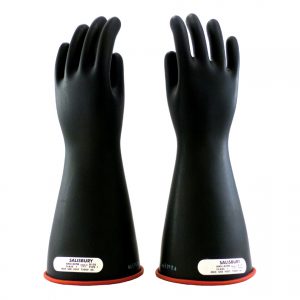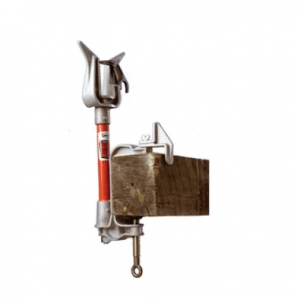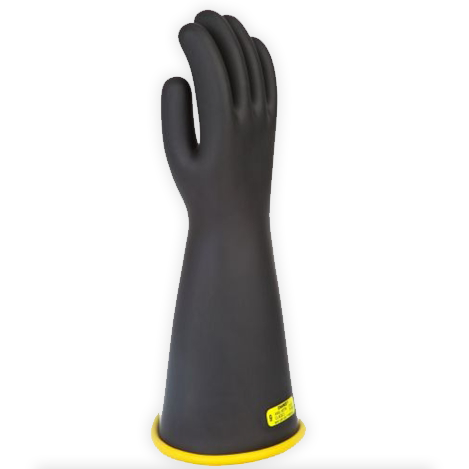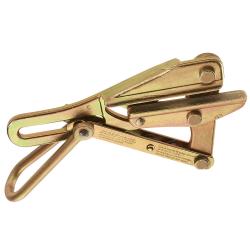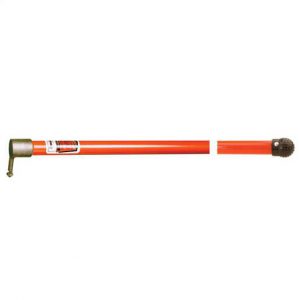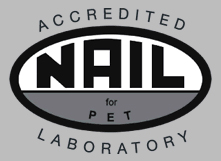 Rubber goods are stocked untested at Arnett. Rubber testing to NAIL4PET, OSHA & ASTM requirements upon receipt of order.
Rubber goods are stocked untested at Arnett. Rubber testing to NAIL4PET, OSHA & ASTM requirements upon receipt of order.
Chance part#: PSC214RB/size
Arnett part#: C-PSC214RB/size
Straight Cuff – ASTM Class 1, 2, 3, 4
Featuring the ultimate protection you expect from the Chance name, our Lineman Grade Gloves also offer a new level of comfort and flexibility. Incorporating high dielectric and physical strength, these gloves exceed ASTM D120. This specification covers manufacturing and testing of rubber insulating gloves for protection of workers from electrical shock. Two types of gloves are provided and are designated as Type I, non-resistant to ozone, and Type II, resistant to ozone. Six classes of gloves, differing in electrical characteristics, are provided and are designated as Class 00, Class 0, Class 1, Class 2, Class 3, and Class 4. The following tests shall be performed: ac proof test; ac breakdown test; ac moisture absorption/proof test; dc proof test; dc breakdown test; ozone resistance test; chemical tests; tensile strength; tear resistance test; and puncture resistance test.
Class 1 through 4 gloves are made with Type I natural rubber.
Sizing your gloves:
- Measure around the palm of the hand using inches.
- Each inch is one full size (ex. 9 inches = size 9). Allow additional room if glove liner is to be.
- Sizes 8 to 11 in 1/2-size increments and size 12 (size 7 available in some models).
- Sizes 7.5 and 11.5 are discontinued, but stock may be available.
- Customer is responsible for ordering correct length, size, and class according to their company’s safety standards.
General Care & Inspection of Rubber Goods:
Type I Natural (non-ozone resistant) and Type II synthetic rubber (resistant to ozone) both provide electrical workers with the highest level of electrical insulating protection. However, in order to maintain this level of protection and ensure long life, it is essential that rubber goods are properly cared for. Before each use, rubber goods should be visually inspected for holes, embedded wires, rips or tears, ozone cutting, UV checking and signs of chemical deterioration. For additional information, refer to ASTM F1236, standard guide for visual inspection of electrical protective rubber products.
WARNING: Cancer and Reproductive Harm – www.P65Warnings.ca.gov

